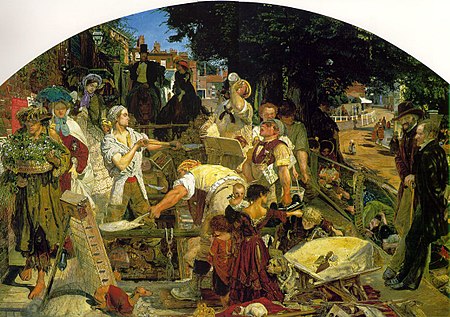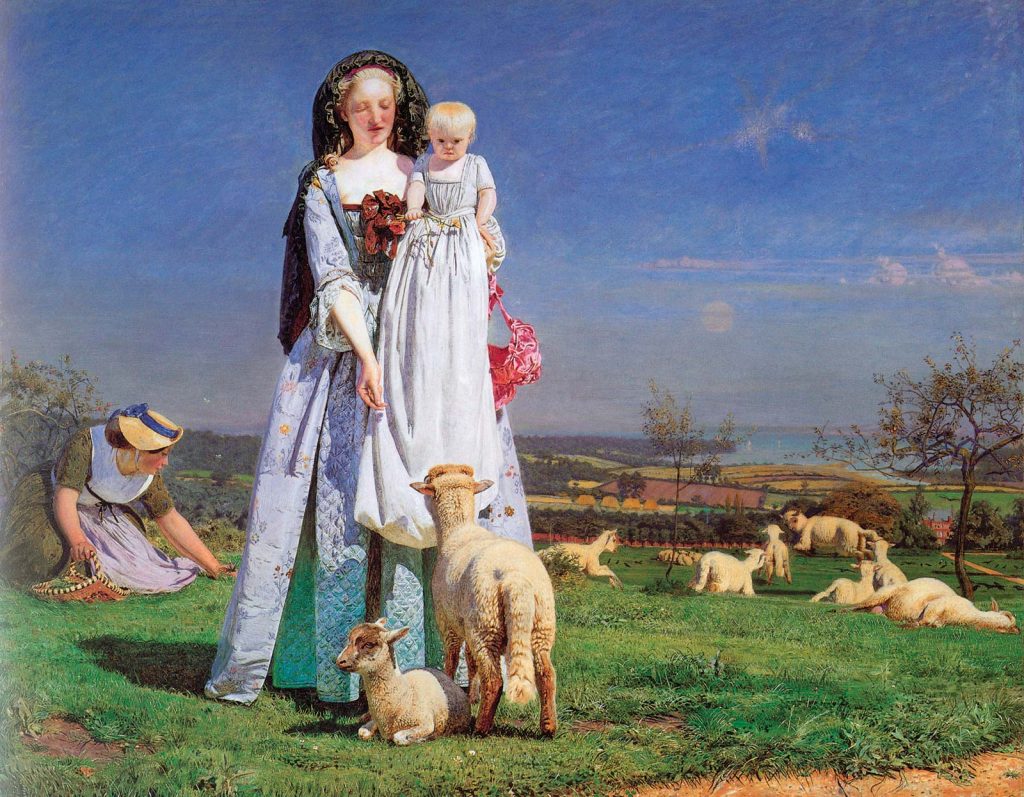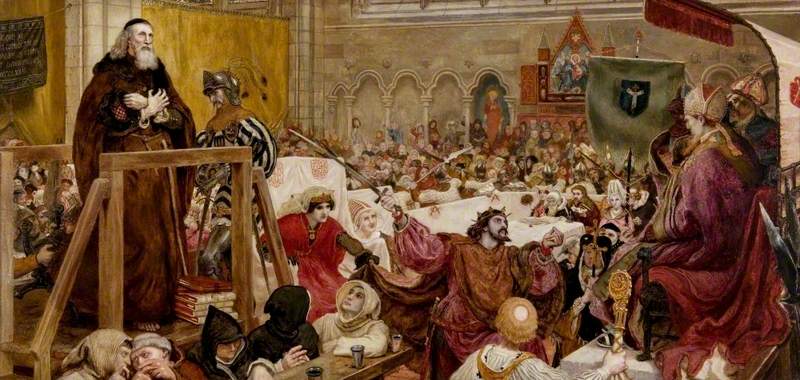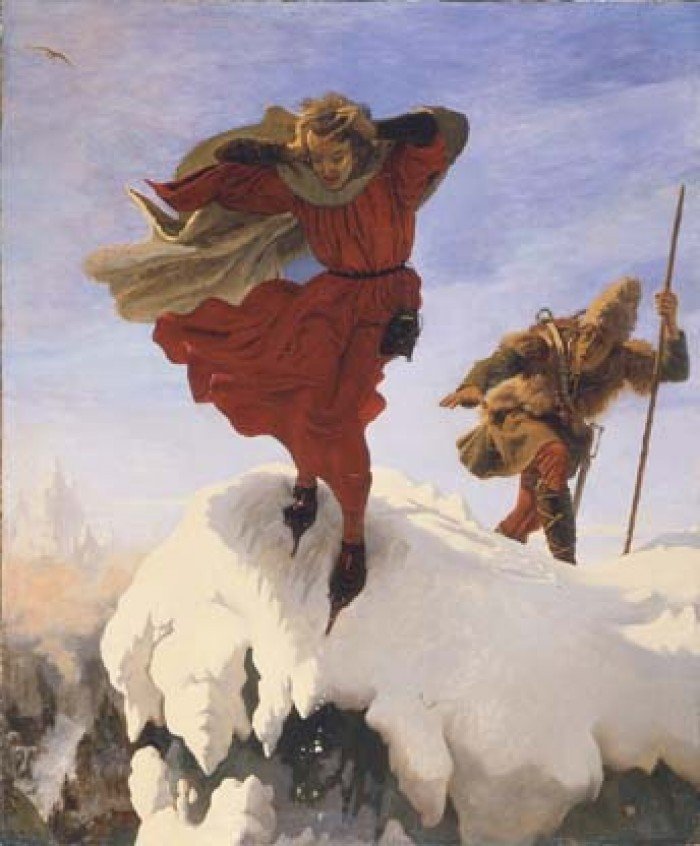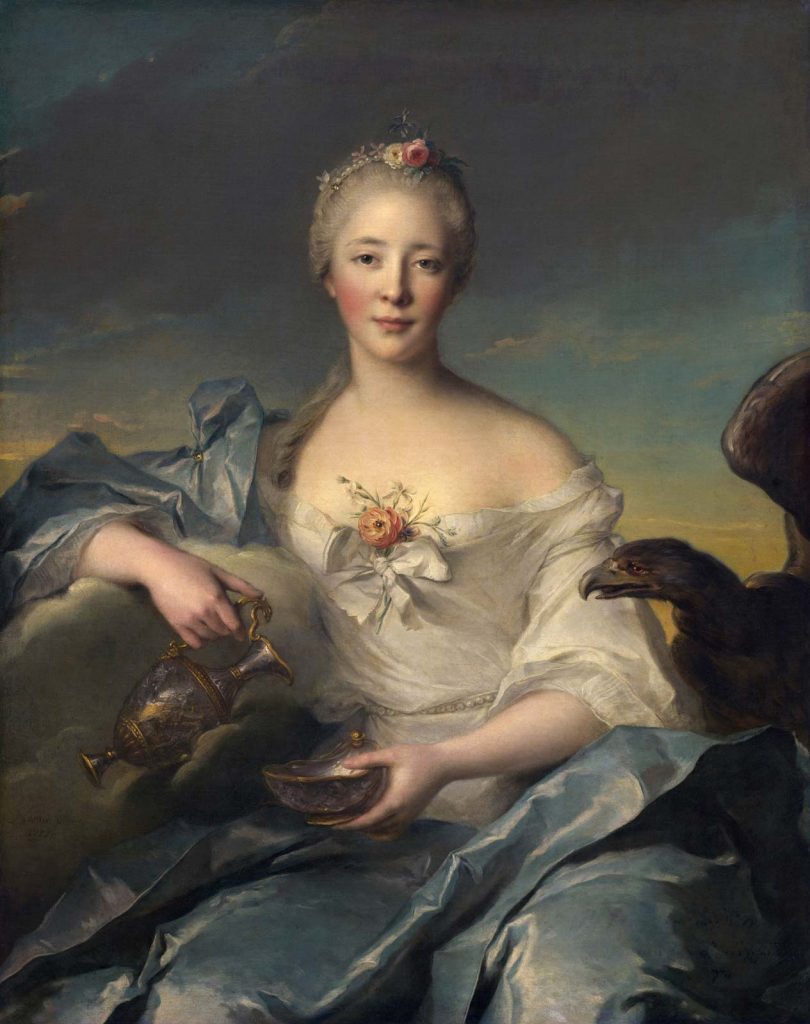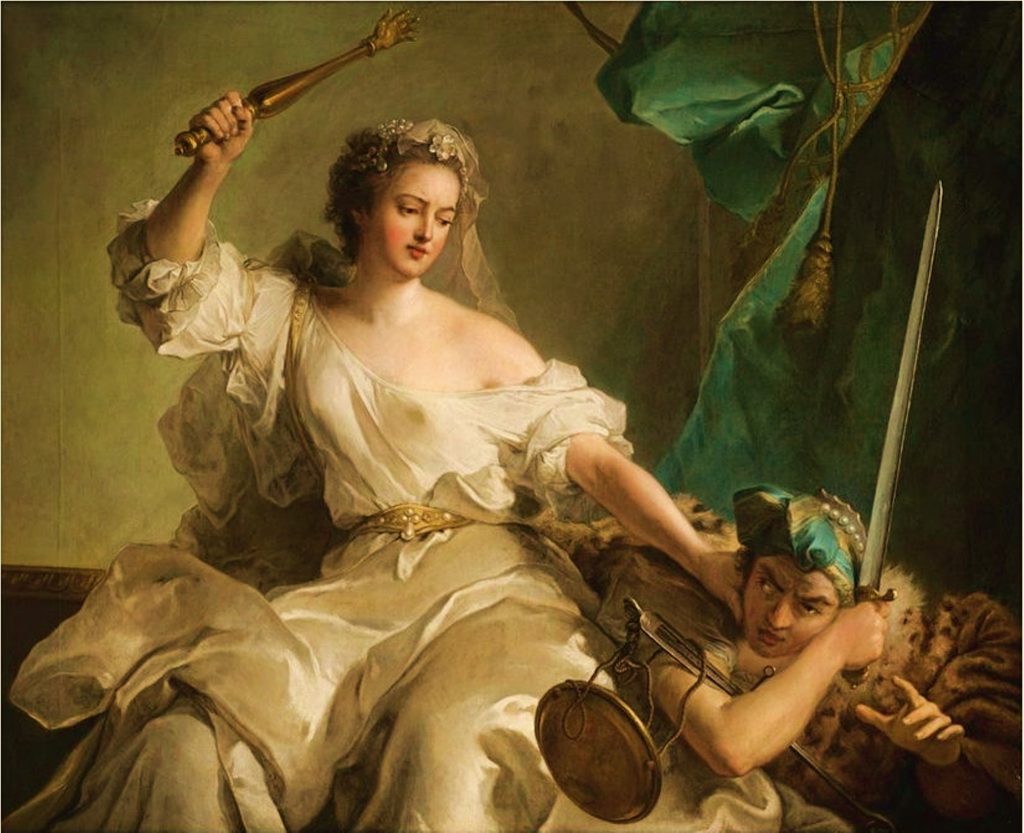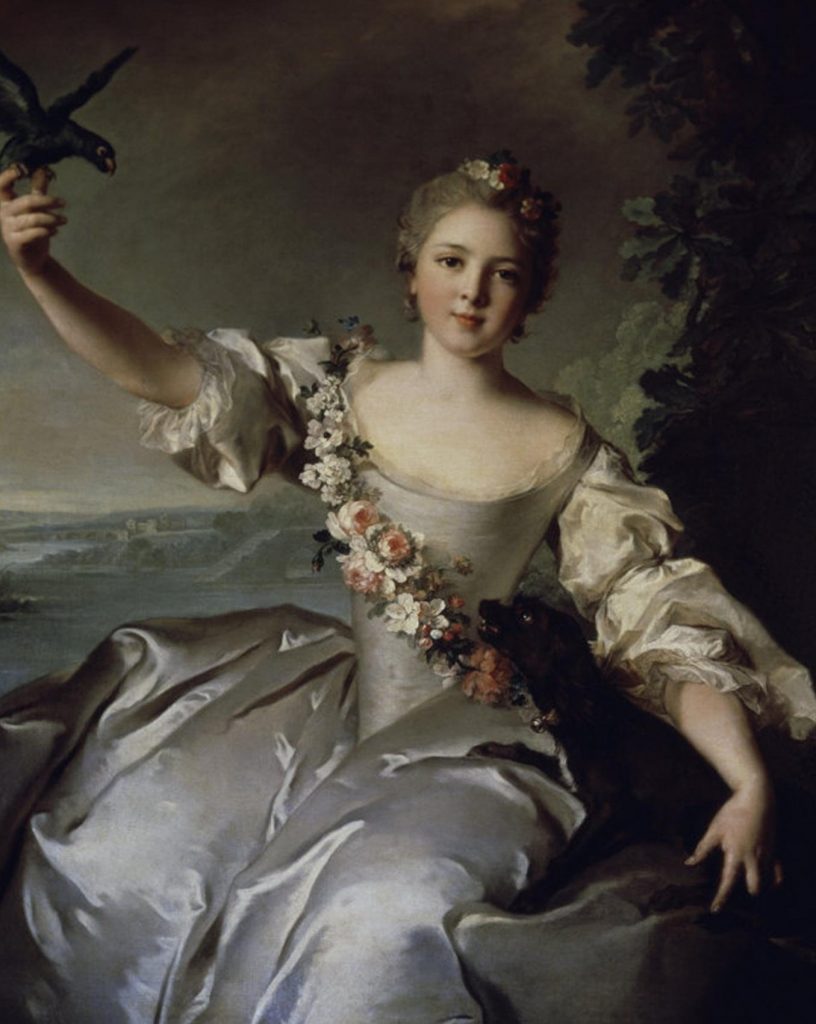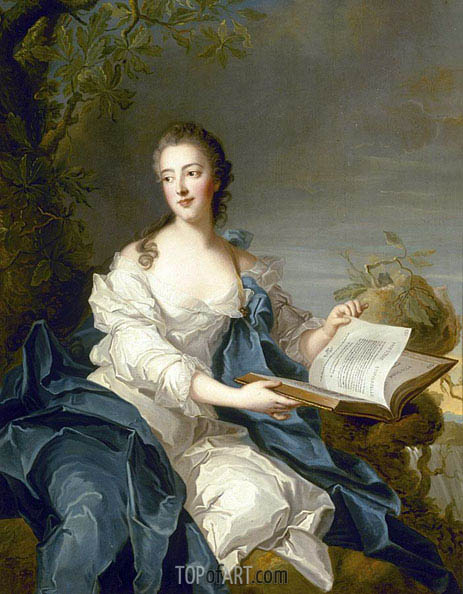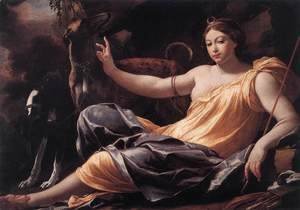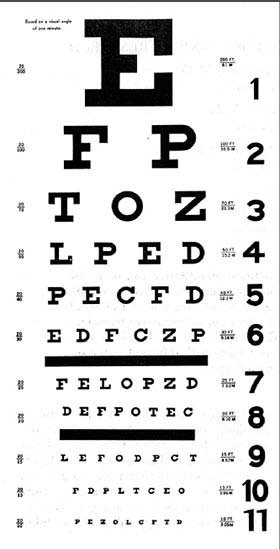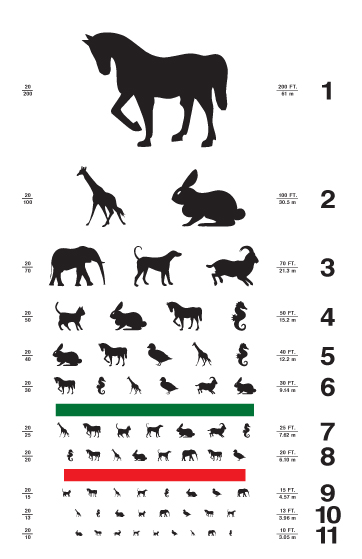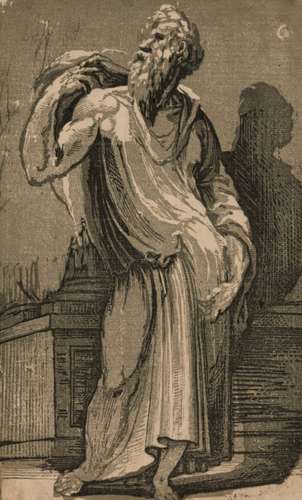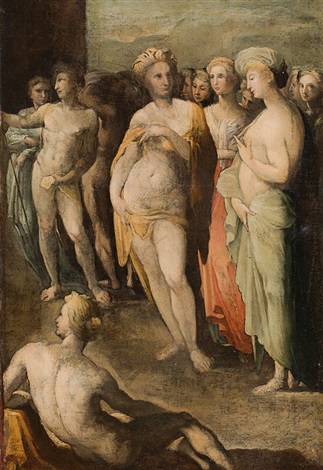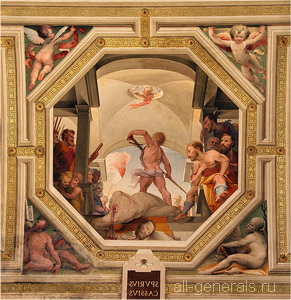Sisy Wong
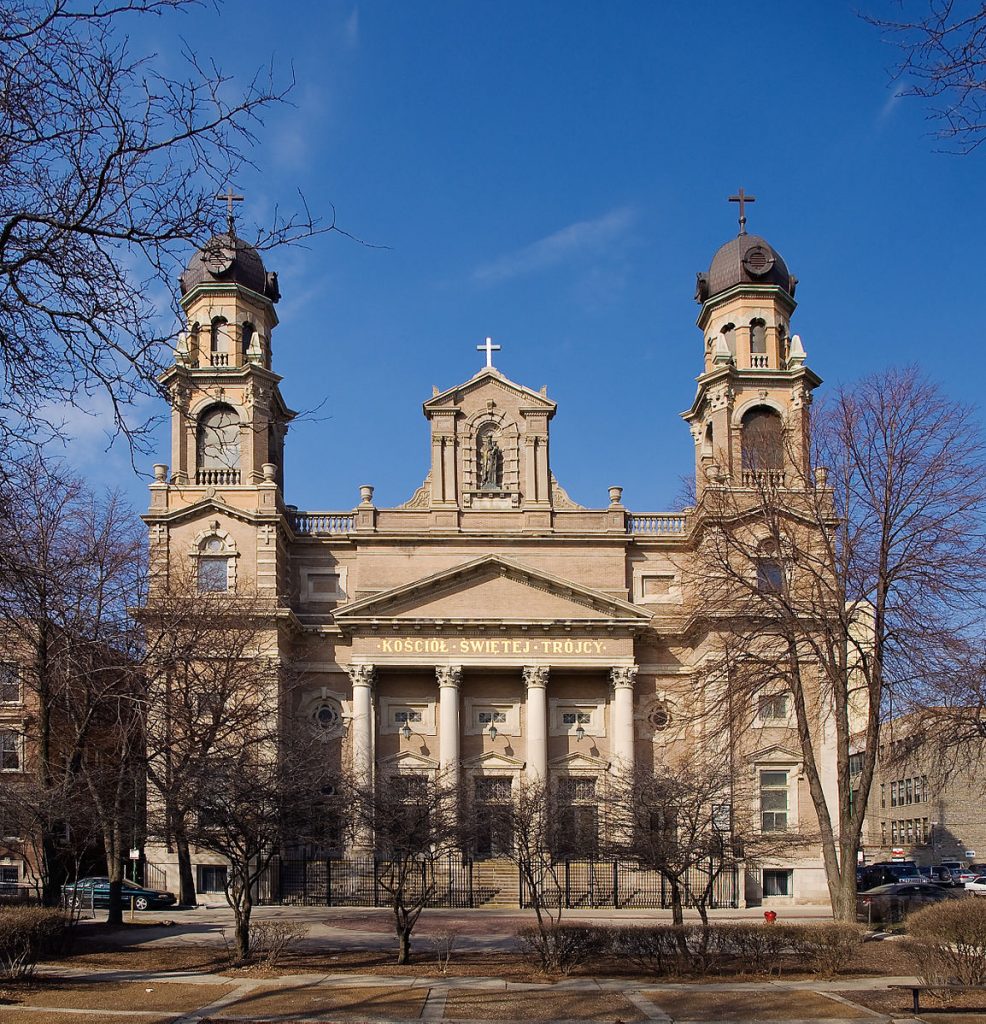
The church, St. Hedwing’s Cathedral is a Roman Catholic cathedral on the Bebelplatz in Berlin, Germany. It is the seat of the Archbishop of Berlin. St. Hedwig’s Church was built in the 18th century. King Frederick II was the one who donated the land on which the church was built. The church was created for Silesia and Brandenburg, Saint Hedwig of Andechs. The church was the first Catholic Church in Prussia after the Reformation. St. Hedwig was designed by Georg Wenzeslaus von Knobelsdorff and modelled after the Pantheon in Rome. It was built from 1747 to 1 November 1773. The construction stop several times due to the economic problems.

After the Kristallnacht pogroms that took place on the night of 9- 10 November 1938, Bernhard Lichtenberg, a canon of the cathedral chapter of St. Hedwig since 1931, prayed publicly for Jews at evening prayer. Lichtenberg was then caught by Nazis and past away during the way to the concentration camp at Dachau. The crypt at St. Hedwig’s was transferred from Lichtenberg’s remains in 1965. The cathedral was severely damaged by allied bombing in an air raid on 1 March 1943. Fortunately, only the damaged shell of the building was left standing. The reconstruction started in 1952 and on 1 November 1963, All Saints’ Day, the new high alter was consecrated by the Bishop of Berlin, Alfred Cardinal Bengsch.

Three impressive tapestries are now used in the reconstructed cathedral. All three share the motif of the heavenly Jerusalem but only one is set up and viewable at any one time. The tapestries of Erfurt’s former Bauhaus student, Grete Reichardt, were hand woven in 1963. It depicts a stylized city with the names of the apostles on the cornerstones. The tree of life represents God, and the character of the Lamb represents Christ.
Recourse: https://en.wikipedia.org/wiki/St._Hedwig%27s_Cathedral

